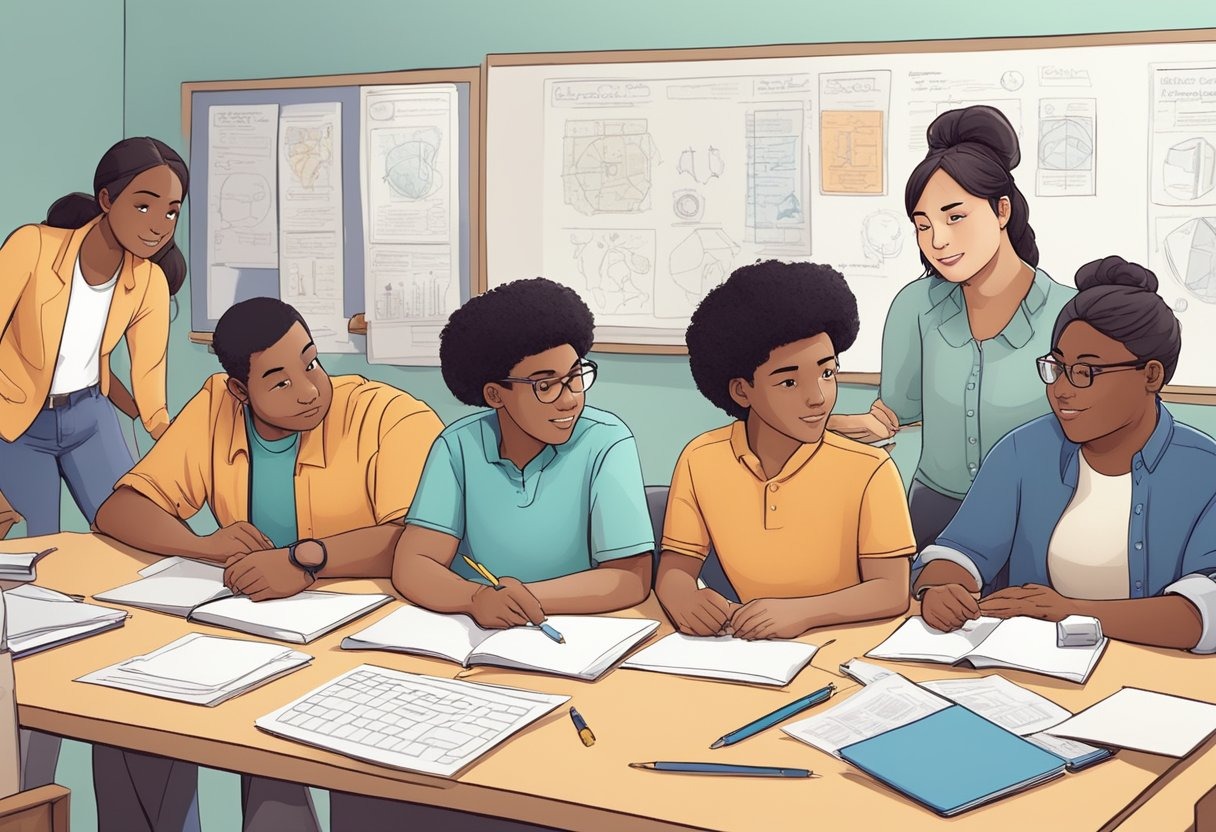The modern classroom has evolved significantly with the integration of various media forms, requiring the expertise of an adaptable teacher who can harness these resources effectively. Among these valuable educational tools, kids animated shows have emerged as particularly powerful vehicles for learning when properly contextualized by knowledgeable educators. The thoughtful teacher recognizes that these vibrant programs offer far more than entertainment—they provide gateways to discussions about social values, scientific concepts, cultural understanding, and emotional intelligence.
Effective educational approaches now embrace the reality that children’s media consumption significantly influences their worldview and knowledge base. Rather than dismissing animated content as mere distraction, insightful teachers leverage students’ familiarity with these programs to create meaningful connections to curriculum objectives. This strategic integration acknowledges children’s existing interests while guiding them toward deeper learning through content they find naturally engaging and accessible.
Research increasingly supports the cognitive benefits of well-designed animated programming. Studies indicate that quality educational shows can enhance attention span, vocabulary development, problem-solving abilities, and concept retention when viewed in appropriate contexts. Teachers who understand these potential advantages can recommend specific programs to reinforce classroom learning and provide parents with guidance about maximizing educational value during home viewing time.
Literacy development receives particular support through animated content that incorporates rich vocabulary, varied sentence structures, and narrative patterns. Educational research shows that children often acquire new language more readily when presented in meaningful contexts with visual reinforcement. Skilled educators explicitly highlight these language elements from familiar programs and create related reading and writing activities that build upon this foundation.
Mathematical thinking frequently appears in animated content through counting sequences, shape identification, measurement applications, and problem-solving scenarios. Teachers adept at recognizing these elements can reference show examples when introducing related classroom concepts, creating immediate connections that make abstract mathematical ideas more concrete and accessible to young learners.
Scientific principles come alive through animated representations that visualize processes difficult to observe directly. From weather patterns to biological systems, these visual explanations create mental models that support deeper understanding. Educators who connect these representations to hands-on classroom experiments help students build comprehensive scientific knowledge that combines conceptual and practical elements.
Social-emotional learning represents one of the most valuable contributions of thoughtfully created animated programming. Many shows deliberately address concepts like empathy, cooperation, conflict resolution, and emotional regulation through relatable character experiences. Teachers can reference these familiar scenarios during classroom discussions about similar real-world situations, providing students with concrete examples for approaching complex social interactions.
Cultural diversity receives authentic representation in many contemporary animated programs, exposing students to various traditions, family structures, and lived experiences. Educators committed to creating inclusive learning environments appreciate shows that respectfully portray different cultures, abilities, and backgrounds. These programs provide natural openings for important conversations about diversity, respect, and global citizenship.
Critical thinking skills develop when teachers guide students to analyze animated content rather than passively consume it. By asking thoughtful questions about character motivations, story problems, and potential alternative solutions, educators transform entertainment into valuable cognitive exercise. This analytical approach helps students develop evaluation abilities that transfer to academic and real-world scenarios.
Executive function skills—including attention management, impulse control, and goal-directed persistence—receive reinforcement through carefully selected programming. Shows featuring characters who plan, overcome obstacles, and complete multi-step processes demonstrate these essential cognitive abilities in engaging contexts. Teachers can highlight these moments and create parallel classroom activities that build similar skills.
Creative expression often flourishes after exposure to imaginative animated worlds. Teachers frequently observe that students incorporate elements from favorite shows into their artwork, storytelling, dramatic play, and other creative endeavors. By providing opportunities to extend these inspirations through classroom activities, educators harness the motivational power of beloved content to encourage original thinking.
Media literacy foundations are established when teachers help even young students understand that animated programs are constructed texts created for specific purposes. This early education about the nature of media prepares children for increasingly complex digital environments they will navigate throughout their lives. By fostering critical consumption habits early, educators help students develop agency in their media interactions.
Parent-teacher partnerships strengthen when educators provide guidance about quality animated content for home viewing. By sharing recommendations for programs that align with classroom learning objectives and suggesting related discussion questions or activities, teachers extend their educational influence beyond school hours. This collaborative approach ensures consistency in messaging about appropriate media consumption.
Professional development increasingly includes media evaluation skills for early childhood educators. Teachers learn to assess animated content for developmental appropriateness, educational value, representation quality, and potential concerns. This critical evaluation ability allows educators to make informed choices about which programs truly merit classroom integration or recommendation to families.
Time management considerations remain important as teachers incorporate animated content into instructional plans. Effective educators establish clear viewing purposes, time limitations, and follow-up activities that maximize educational benefits while avoiding excessive screen time. This thoughtful approach demonstrates to students that media consumption should be intentional rather than habitual.
Assessment opportunities emerge naturally when teachers connect animated content to specific learning objectives. By observing students’ comprehension, discussion contributions, and related project work, educators gather valuable information about concept mastery and skill development. These authentic assessment moments often reveal understanding that might not be captured through traditional evaluation methods.
The future of educational animated content looks increasingly interactive and personalized. Forward-thinking teachers are exploring emerging technologies that allow for adaptive viewing experiences based on individual learning needs and interests. While maintaining appropriate boundaries around screen time, these innovations promise even greater educational potential for animated programming in coming years.

